The kibble you pour might be quietly fueling climate change more than you think.
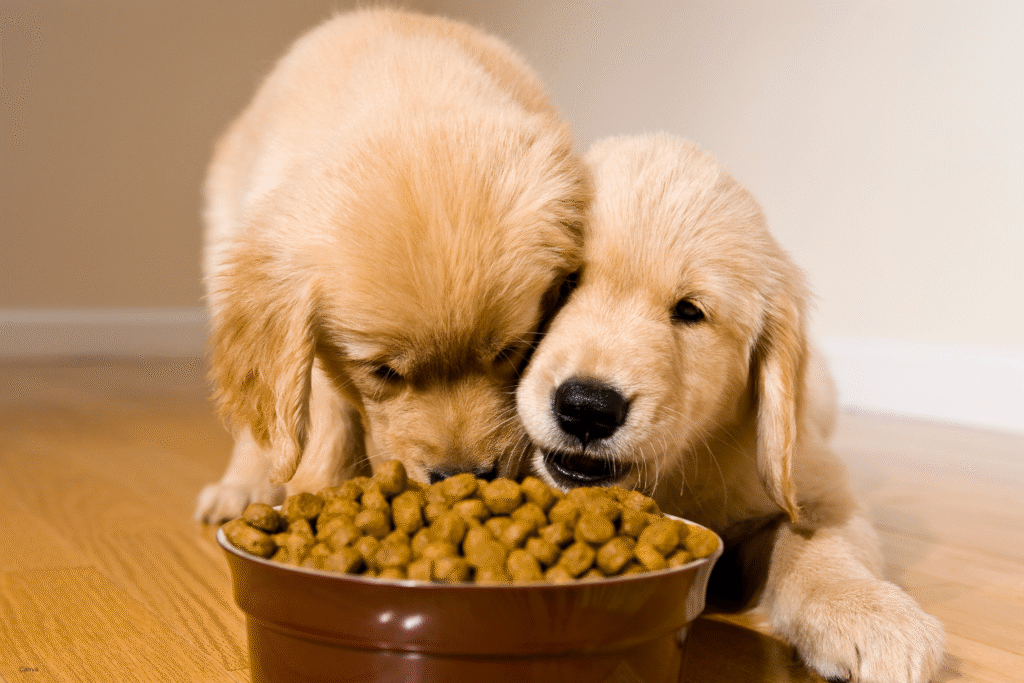
Pet food feels harmless, even loving, when scooped into a bowl, but its environmental impact is bigger than most people ever imagine. The meat, packaging, shipping, and even the leftover waste create a chain reaction that reaches far beyond your backyard. This isn’t about guilt—it’s about understanding how something so small in your home connects to something as massive as global climate change.
1. Meat-heavy pet food rivals entire countries for emissions.
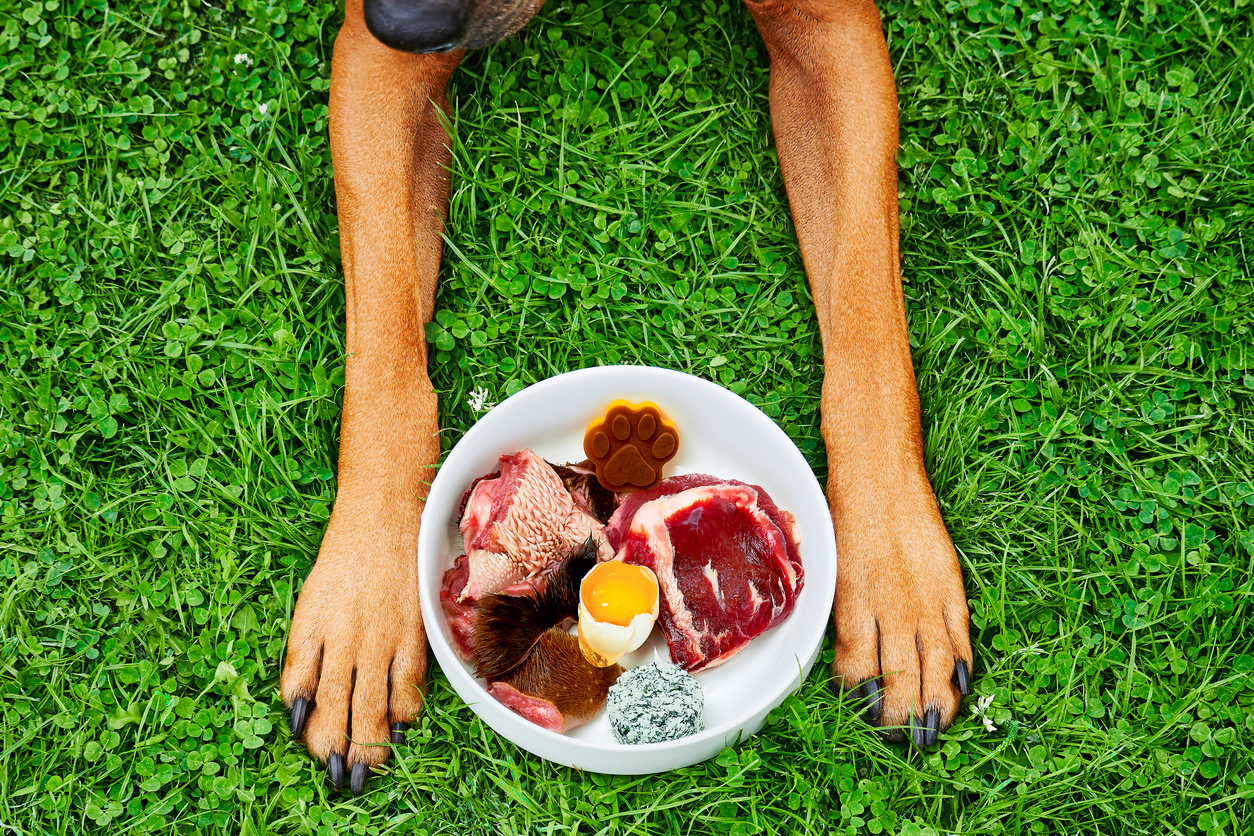
According to a UCLA study, pet food production, especially high-meat diets, generates greenhouse gas emissions comparable to millions of cars on the road. This comes from sourcing livestock, which already produces significant methane, and scaling it up to meet pet demand.
The sheer size of the pet food market means even small changes add up. Choosing diets with sustainable protein sources or incorporating more plant-based options helps shrink that impact. Still, most owners don’t realize their dog or cat’s meal can rival household energy use in its carbon output.
2. Pet food packaging piles up in landfills faster than you think.
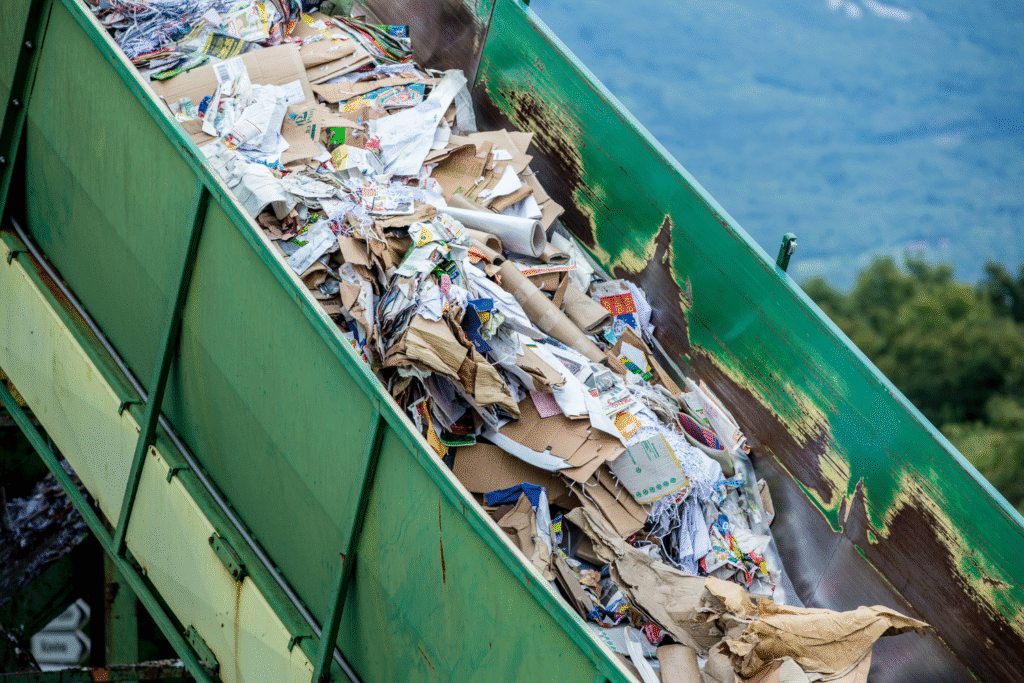
As stated by the Environmental Protection Agency, billions of single-use cans, plastic pouches, and multi-layer bags from pet food end up in landfills annually. These materials are notoriously difficult to recycle because of food residue and mixed components.
Even “recyclable” labels are often misleading, resulting in huge amounts of packaging sitting in landfills for decades. Companies are beginning to test compostable or refillable options, but for now, most pet food packaging has a long-lasting environmental footprint owners rarely consider.
3. Imported ingredients rack up air miles behind the scenes.
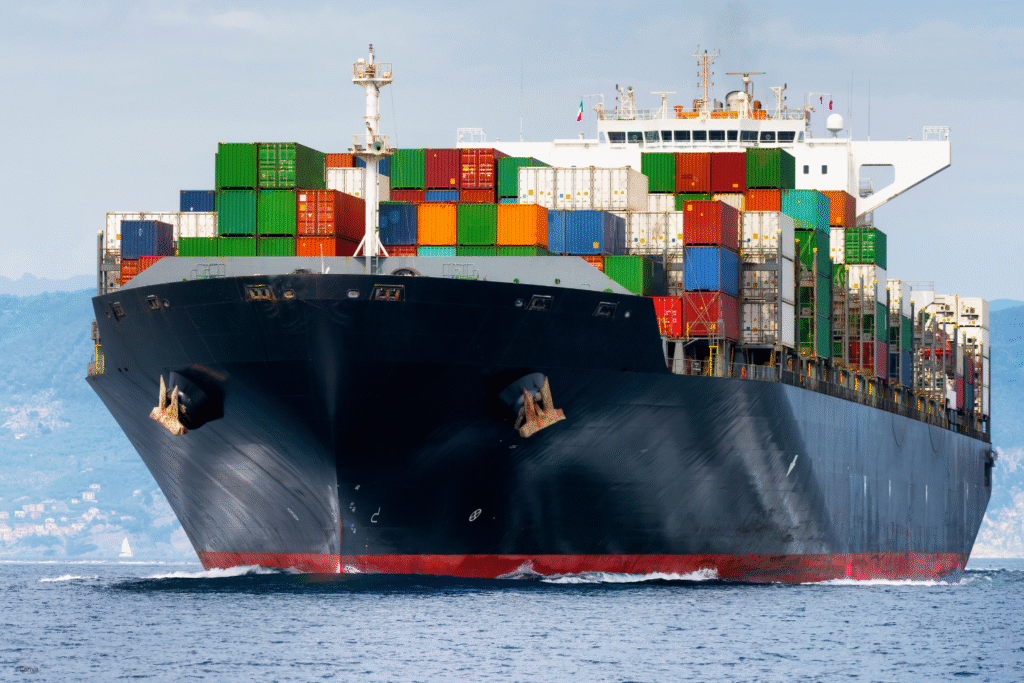
Reported by the World Wildlife Fund, many commercial pet foods source ingredients globally, including fish from distant oceans or specialized meats raised halfway across the world. Transporting these ingredients burns massive amounts of fossil fuel, increasing emissions dramatically.
This global supply chain means your pet’s dinner might have traveled more miles than you ever will in your life. The carbon cost of those imports rarely shows up on packaging, leaving consumers unaware that their cat’s favorite tuna blend might be linked to international shipping emissions.
4. Fish-based diets can harm delicate ocean ecosystems.
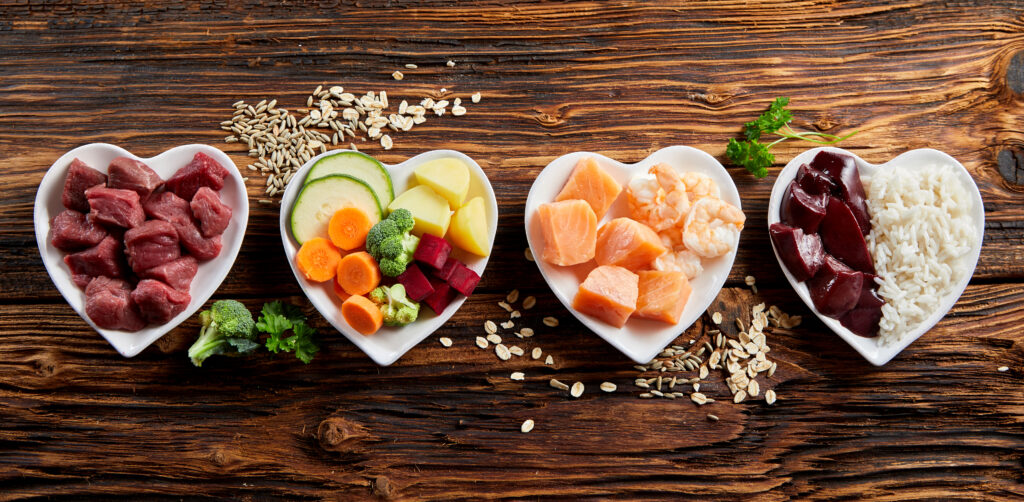
Demand for fish-based cat and dog food puts pressure on fisheries already struggling with overfishing. Some of these fish are critical to ocean food chains, meaning every scoop taken from the sea can have ripple effects far beyond the bowl.
Sourcing alternative, sustainable fish products or certified bycatch options can make a difference, but most pet owners have no idea their pet’s favorite salmon pâté might contribute to habitat stress.
5. Exotic proteins carry an unexpected carbon premium.

Venison, bison, or even kangaroo in pet foods sound trendy but require complex supply chains. Exotic meats often involve more land, transport, and processing than standard proteins, multiplying emissions.
These luxury diets tend to attract environmentally conscious owners who don’t realize they’re inadvertently increasing their pet’s carbon pawprint. It’s one of those hidden trade-offs no one thinks about until they dig into the supply chain.
6. High-calorie treats multiply food demand unnecessarily.

Those extra chews, biscuits, and jerky strips all add to the total amount of resources consumed for pet food production. Even small daily treats, when scaled across millions of households, translate into massive global resource use.
It’s not about cutting all treats but choosing lower-impact options and scaling back frequency. Fewer unnecessary calories don’t just help the planet—they might also extend your pet’s life.
7. Grass-fed beef sounds green but isn’t always low-carbon.
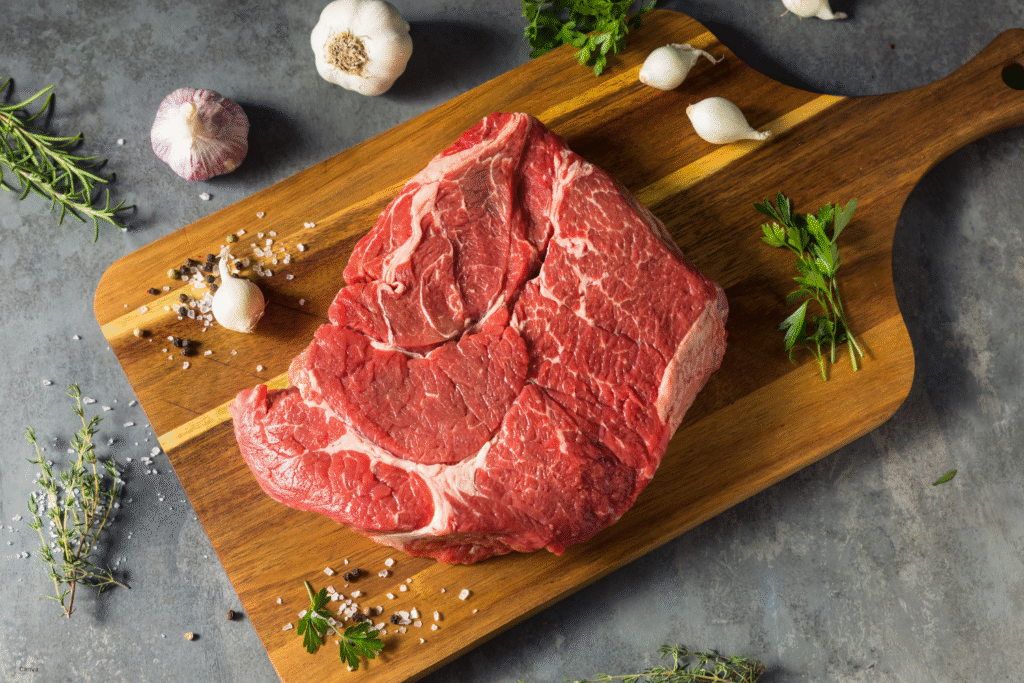
Grass-fed beef marketed as sustainable still produces high methane levels. While it avoids feedlots, it often requires more land and water, offsetting some of the environmental benefits.
This means buying grass-fed beef pet food might reduce certain ethical concerns but still hit climate change where it hurts. Labels can be deceiving when the bigger picture isn’t considered.
8. Wet food outpaces dry food in energy use.

Canned or pouch-based wet foods often involve more processing, heavier packaging, and more frequent transport due to their weight. That translates into higher energy use compared to kibble.
Switching entirely isn’t realistic for every pet, but even reducing reliance on wet food by a few meals per week can reduce emissions without sacrificing your pet’s nutrition.
9. Human-grade food diets can double the impact.
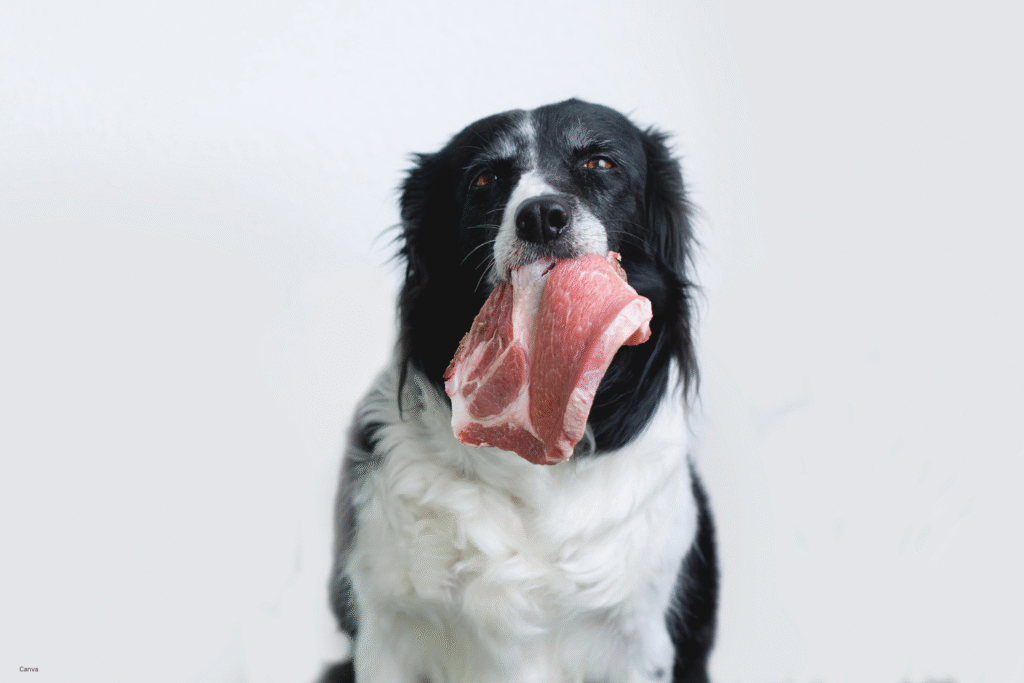
Many trendy “human-grade” pet foods rely on the same supply chains as premium human diets. While they promise better quality, they often duplicate resource use instead of repurposing waste products traditionally used in pet food.
That means pets competing with humans for the same steaks, fish, and vegetables—effectively doubling the footprint of certain foods. It’s an overlooked reality for owners chasing top-tier nutrition.
10. Leftovers still create waste downstream.

When pets don’t finish meals, that food waste heads straight to landfills, where it breaks down and releases methane gas. Leftovers, whether from overfilled bowls or spoiled bulk purchases, add another layer to the problem.
Smarter portioning, airtight storage, and using food before it expires prevent methane-heavy waste. It’s an easy step, but one overlooked in the bigger conversation about pet diets and climate change.
